How to properly prune an apple tree in the fall?
Apple trees are extremely light-requiring - if the crown is well lit, the tree will tie more fruit and give an excellent harvest. The purpose of pruning apple trees in the fall is to free the trees from old, spoiled or rotten branches and prepare them for wintering. Regular pruning of apple trees in spring and autumn allows you to form a thinned, well-lit and ventilated crown.
How and when to do autumn pruning?
The tasks of autumn pruning are the gradual formation of the most productive crown in a given climate and protection of the tree from breaking off branches under a snow load.
Pruning trees up to 5–7 years of age is aimed only at formation. With its help, you can get the following types of crowns:
- whorled-tiered;
- tierless;
- sparse-tiered;
- fusiform.
Trimming the gain of the current year
When planning to trim the current growth, the biological characteristics of the varieties should be taken into account. Some, with good awakening of the kidneys, almost do not give vegetative growth, therefore they branch poorly. Such are Borovinka and Antonovka.
Apple trees with good bud awakening and high shoot formation grow quickly and form excessively dense crowns. Well-known varieties have this ability:
- Pepin is saffron;
- Melba;
- Renet Simirenko;
- Jonathan.
The owners of varieties with good bud awakening and abundant shoot formation in autumn are limited to removing the tips of branches with immature wood. A stronger cut leads to a thickening of the crown of the tree.
Varieties with poor shoot-producing ability are pruned differently. Their annual branches in the fall are shortened by a quarter. This promotes the emergence of strong fruit-bearing branches and eliminates unnecessary annulus.
In varieties with poor bud awakening and restrained shoot formation (for example, Cinnamon striped), annual shoots are shortened only in the first 4 years. This is necessary to obtain strong skeletal branches and to lay strong branches at their base. In subsequent years, the goal of pruning is to increase branching. To do this, remove the one-year and a small part of the two-year increment. Thereafter, multiple lateral branches are formed below and above the cut.
Climate dependence
In Siberia and other regions with cold and long winters, autumn pruning is not carried out. All crowning events are reserved for early spring. Spring formation must be completed before sap flow begins. During the summer, the growing shoots are pinched (pinched), leaving those from which it will be possible to form full-fledged branches.
If apple trees are cut in the fall in cold regions, they will evaporate a lot of moisture and die from winter desiccation. The second reason is that under the thickness of the snow, branches can break off and or freeze over the winter, and then the work will be useless - in the spring the broken or frozen tree will have to be re-formed or cut out altogether.
Dates
When to prune in the fall? According to the requirements of classic fruit growing, the event starts immediately after the leaf fall. You must finish before the first frost begins.
Autumn pruning rules - a diagram for beginners
- Too large, broken and dry branches are removed.
- Cut the weakest of the closely spaced branches.
- Cut branches growing at an acute angle.
- All sections are covered with garden varnish or oil paint.
- The cut branches are folded away from the tree or burned.
Some gardeners never prune fruit trees at all, believing that the more branches, the higher the yield. This is a serious misconception. It is dark in the dense crown, apples are not tied, they become smaller, do not ripen. Correct pruning increases the total yield, and there will be noticeably more high-quality fruits - large in size, with a bright color and good taste.
Pruning is especially important in intensive fruit growing when growing dwarf and low-growing apple trees, where it gives high results against the background of proper agricultural technology. An intensive apple orchard needs to be formed, fertilized and, if necessary, irrigated every year. Then the plantings will be as productive as possible.
Pruning trees before fruiting
In the very first year after planting the seedlings, it is necessary to restore the balance between the root system, reduced during excavation, and the aerial part. For this, the seedling is cut immediately after planting, leaving as many buds on the stem as skeletal branches are required. In the next 3-5 years, young trees are not pruned, limiting themselves to removing broken and dried branches. If the plant is going to lengthen too quickly, its annual shoots can be shortened.
Young plants grow rapidly and form long, strong shoots. Pruning in the first 3-4 years allows you to correctly form the skeleton and semi-skeleton of the tree. If this process is not regulated, an incorrectly formed tree with an excessive number of skeletal branches is formed in a short time (2-3 years). There are peculiarities in pruning the neglected crown of such trees. The task of the gardener will be to transform the strong annual branches of young trees into overgrown fruit-bearing branches.
In the first year, an annual branch is cut off, leaving 6-8 buds. In the second year, several buds near the end of the branch will sprout and, in turn, will produce strong annual shoots. In autumn, they need to be shortened by 1/3 and the top of the now two-year-old branch along with the two upper annual shoots should be cut off. In the third year, numerous fruit formations are formed on a 3-year-old branch. In this way, you can force the branch to bear fruit at the age of three.
One of the tasks of pruning a young apple tree is to accelerate the appearance of annelids (short fruiting shoots) in varieties with a high awakening buds. It is useless to prune varieties with low awakening for this purpose.
Young trees should not be heavily pruned - this will delay their entry into fruiting. In the first and second age, minimal pruning is carried out, shortening the branches only for their subordination and preventing their exposure. Unconditional pruning is performed on competing branches and branches departing at an acute angle. The growth in length of the remaining shoots can be slowed down by simply bending to a horizontal position.
Experienced gardeners can use other agricultural techniques instead of pruning:
- changing the slope of the branches;
- garter;
- deformation;
- stretching;
- installation of spacers.
Pruning fruiting trees
By the period of entry into fruiting, the main formation of the crown should be completed. At this time, the last skeletal branches of the first order were already identified, and skeletal branches of the second order were formed in the lower tier. 3-4 years after entering fruiting, the central conductor is removed above the upper skeletal branch, and then the correct subordination of the branches is maintained annually. To dilute the crown, the peripheral part is cut in autumn, since growth is still intensive at the ends of the shoots and "extra" branches may appear.
The purpose of pruning in autumn at an older age is to maintain the growth of the apple tree and reduce the excess number of fruiting branches. This can be achieved through rejuvenation and spot pruning. Rejuvenating and point pruning is carried out when skeletal and semi-skeletal branches reduce the growth to 20-25 cm per year, and there are so many flowers on the tree that most of the fruits fall off, the apples become smaller and the tree does not bear fruit every year.
Rejuvenating pruning consists of shortening the branches to 3-5 years of growth. The amount of pruning depends on the age of the tree. If the branches lengthen by 10-20 cm in a year, pruning is carried out for a three-year growth of skeletal branches. With weaker growth, pruning is increased.To rejuvenate the apple tree by pruning, you need to shorten the old branches to those parts on which the length of the annual growth was more than 40 centimeters. A shorter cut will not give the desired result. Skeletal and semi-skeletal branches are subjected to rejuvenation. Rejuvenation of the old specimen allows you to increase the yield by 3-4 years, then the reception is repeated.
Spot pruning is the shortening of overgrown branches. Fruit-bearing branches of the mixed type are shortened to half, the fruits are deprived of a third or a quarter of the branches. The oldest fruit branches in the depths of the crown are completely removed.
When pruning mature trees, it is necessary to ensure that the middle and lower parts of the crown are open and well lit. To do this, it is enough to properly cut off the upper part of the tree, removing all vertically growing shoots - tops. It is systematically necessary to remove the conductor and transfer the skeletal branches to the lower side branches. This will help create a light channel through which the sun's rays will penetrate into the crown.
So, the autumn pruning of apple trees is necessary only in regions with a mild climate. This is a complex agronomic measure, which must be approached, knowing exactly the purpose of each action. The tasks of pruning for the winter are to prepare the garden for snowfalls and form a crown that is optimal for fruiting and tree care.

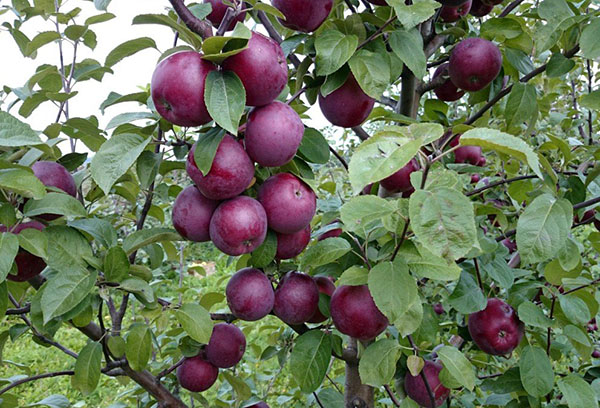
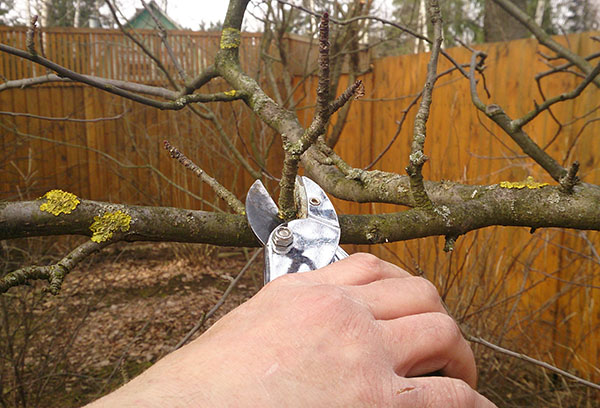
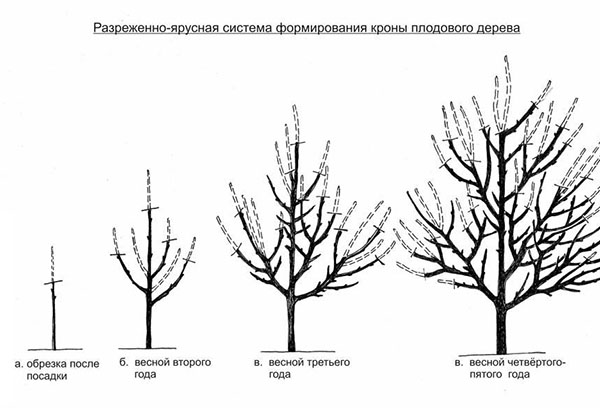
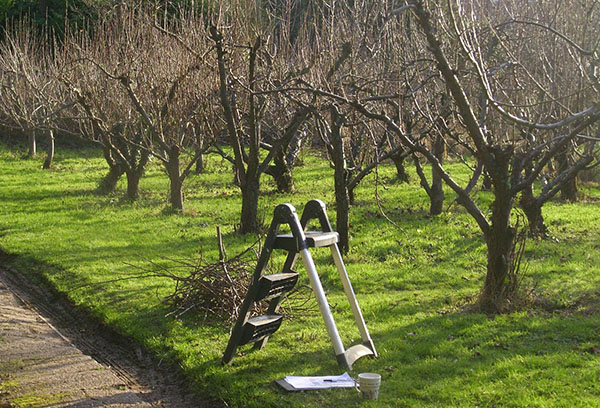
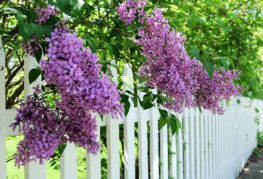
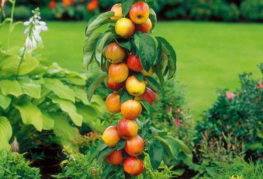
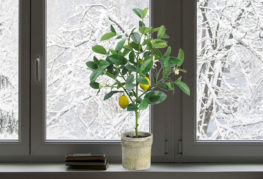
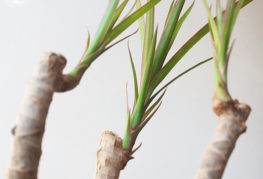
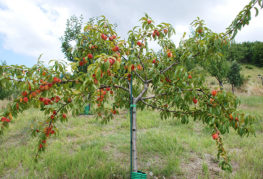
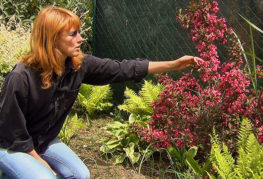
and will be published shortly.